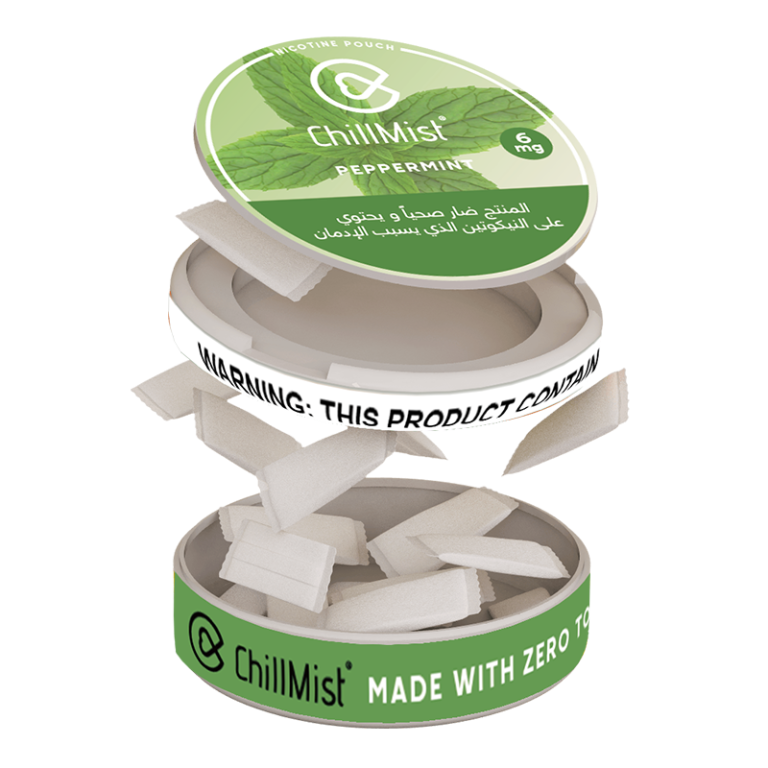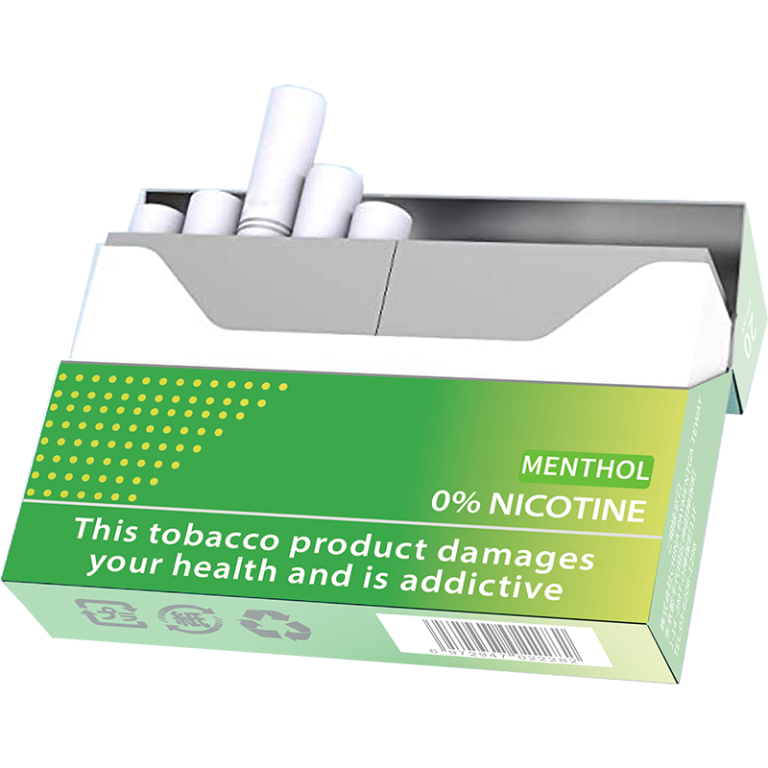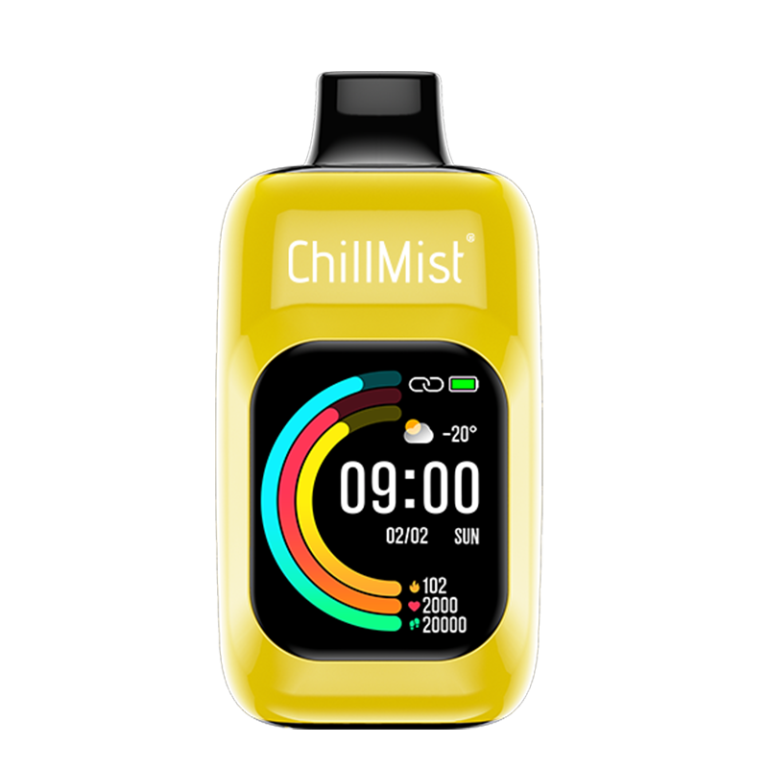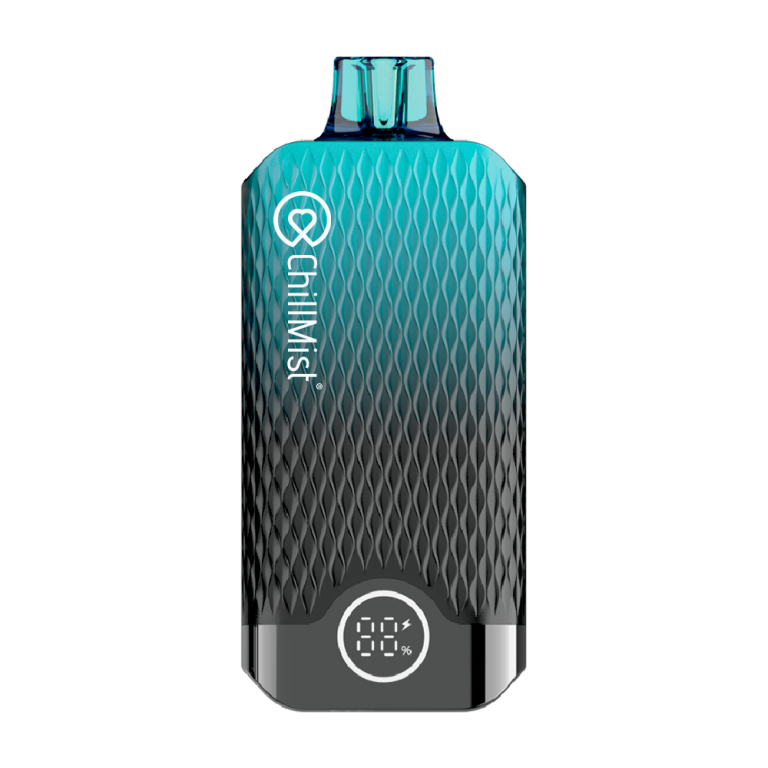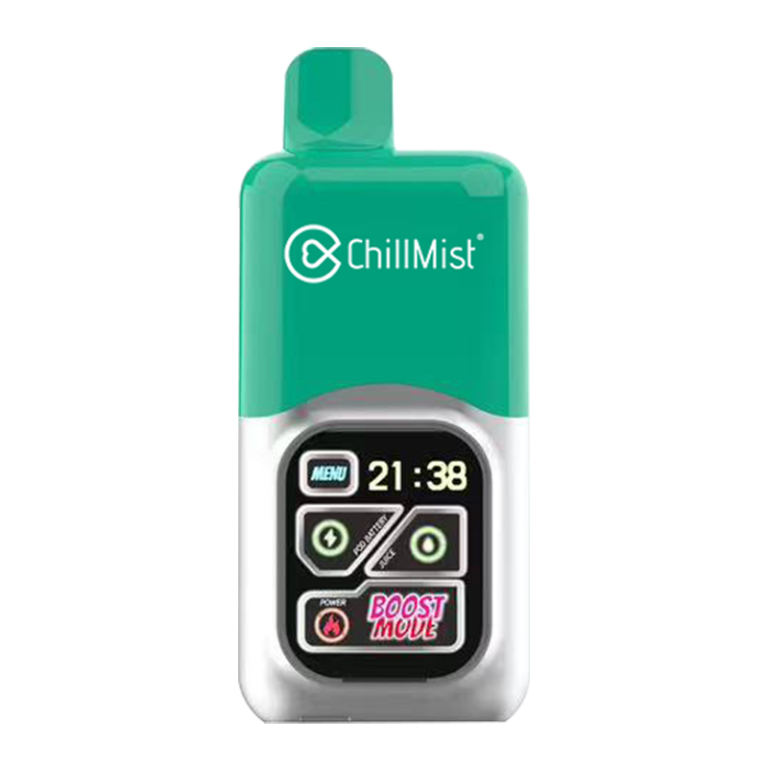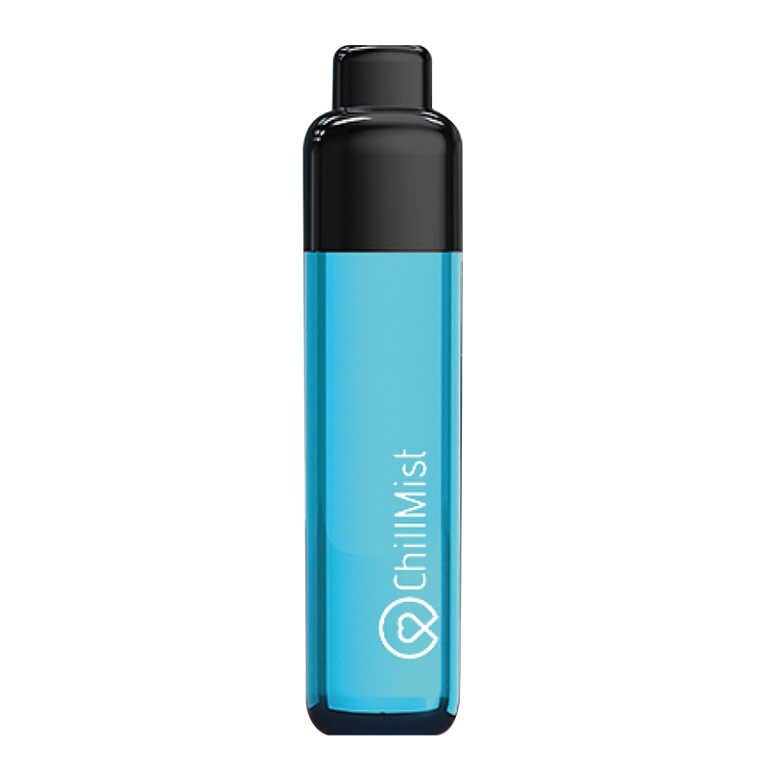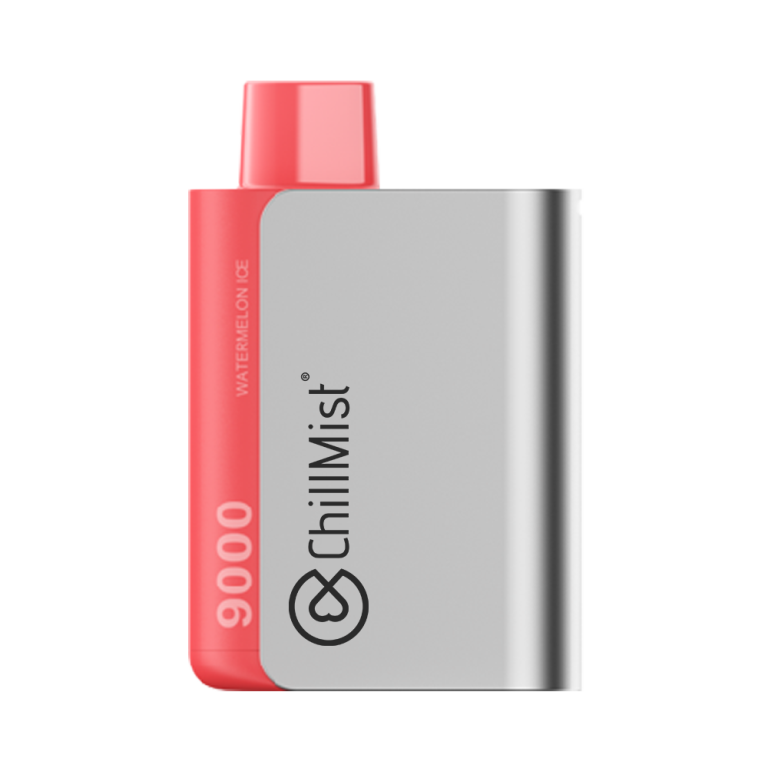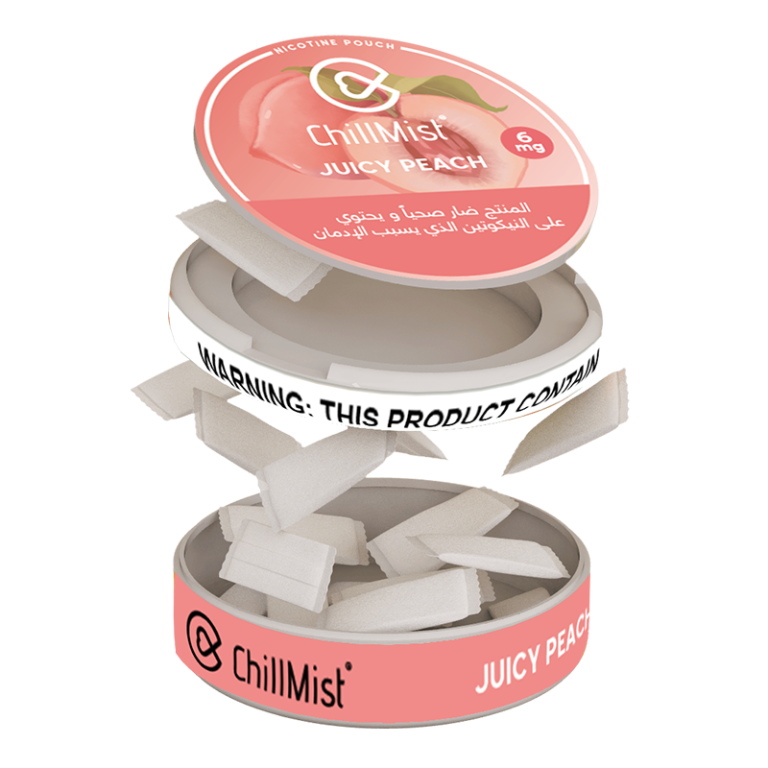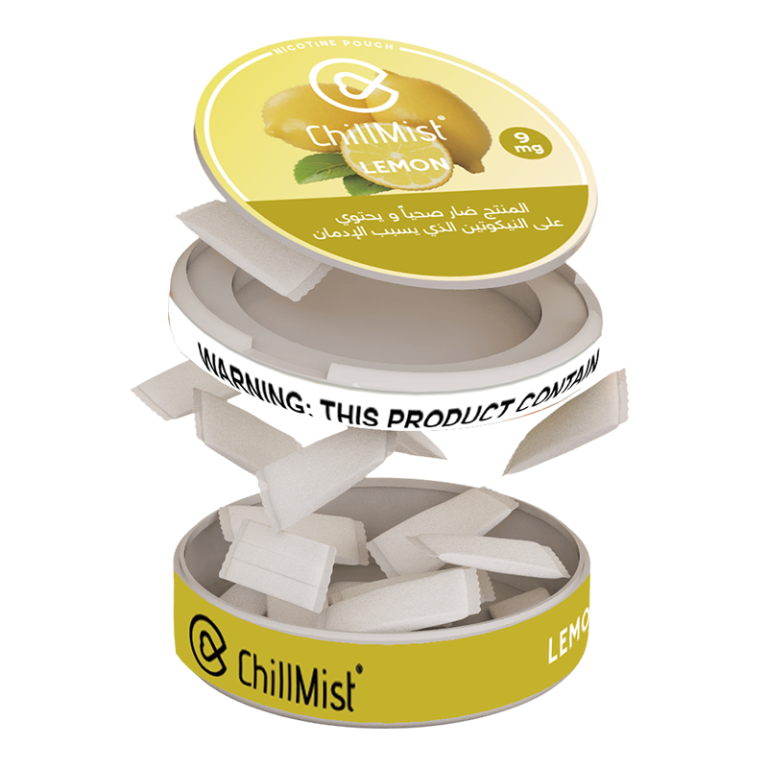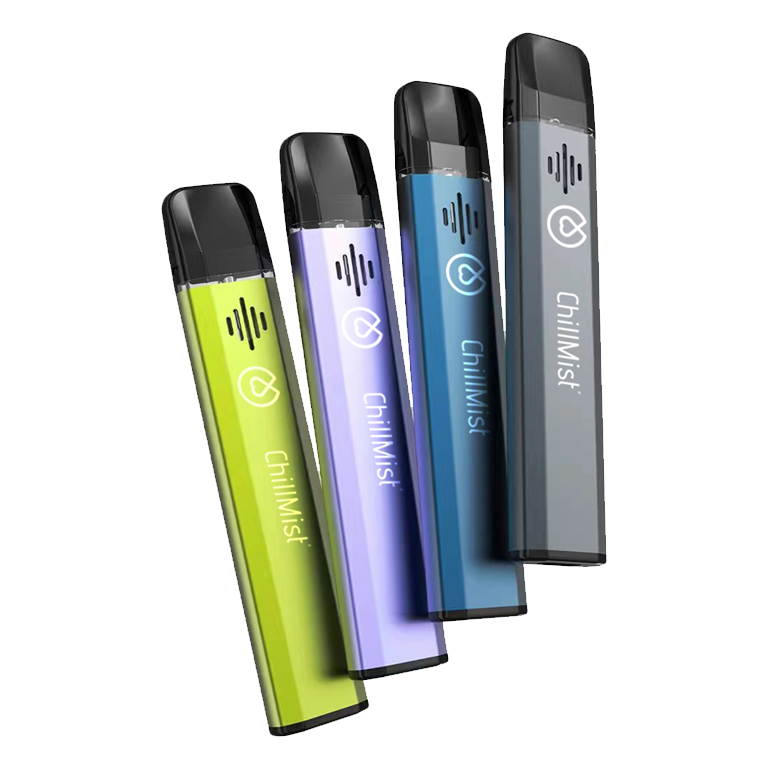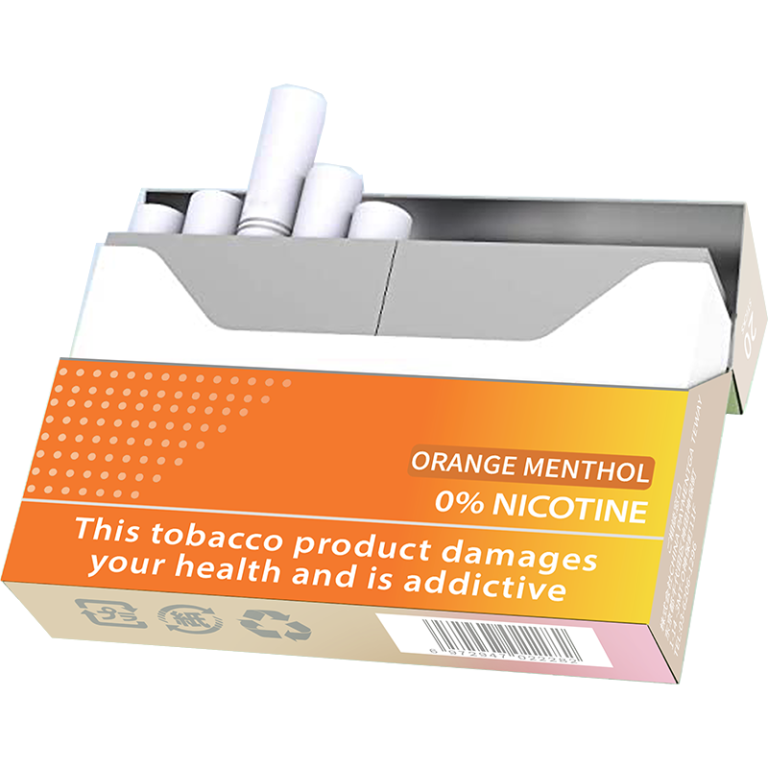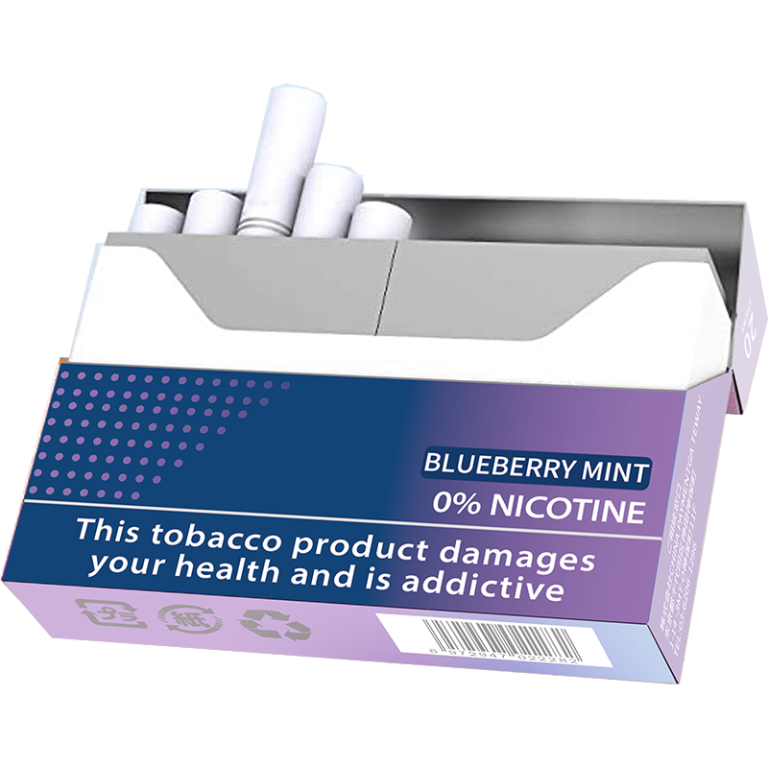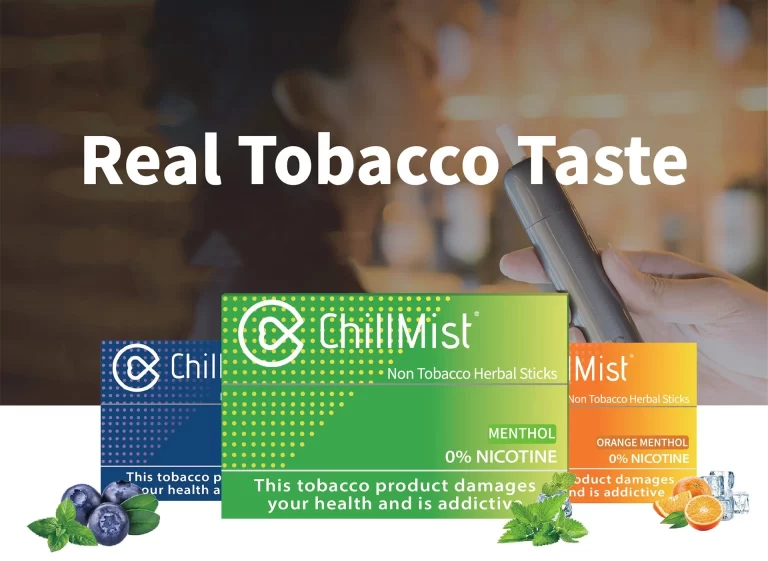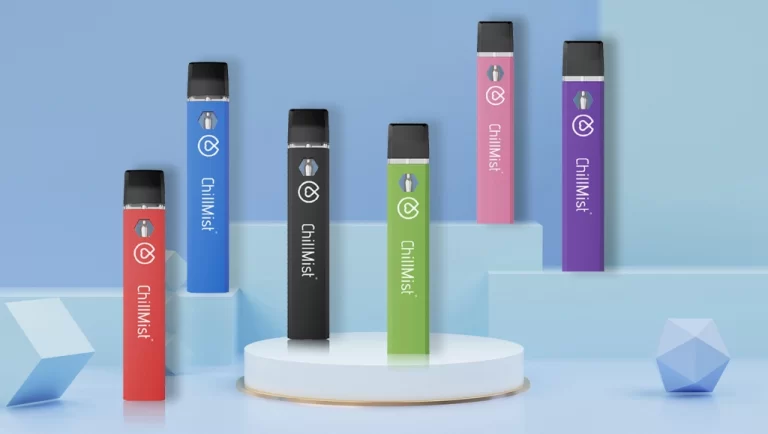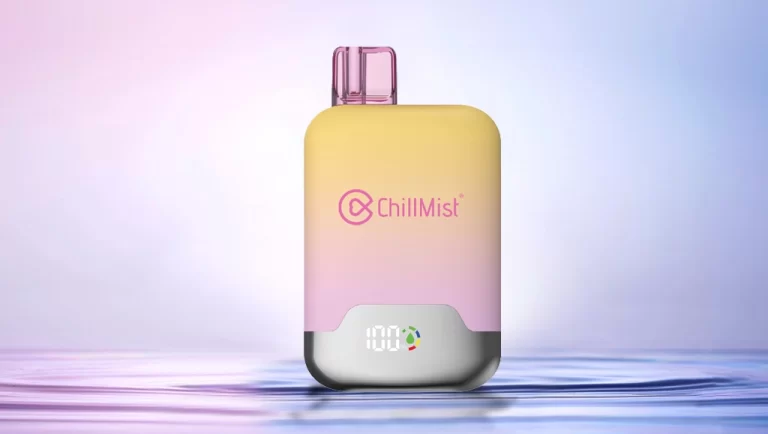Nicotine pouches are a relatively new product category that has gained attention as a potential alternative to traditional tobacco products like cigarettes and smokeless tobacco. They consist of small, pre-portioned pouches containing nicotine, flavorings, and other ingredients, designed to be placed between the gum and lip for nicotine absorption through the oral mucosa. Unlike cigarettes, nicotine pouches do not involve combustion, eliminating the inhalation of smoke and the associated harmful chemicals.
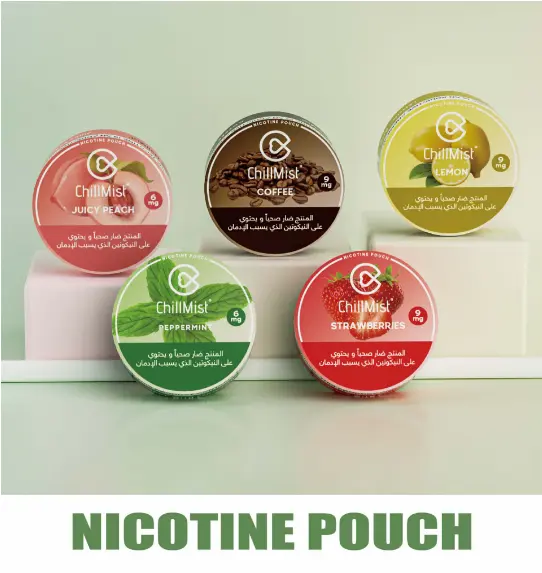
Understanding Harm Reduction
Harm reduction encompasses a range of strategies aimed at minimizing the negative consequences associated with a particular behavior, such as tobacco use. The focus is on reducing the risks associated with the behavior, even if the behavior itself is not completely eliminated. In the context of tobacco use, harm reduction aims to:
- Reduce exposure to harmful substances:By offering alternatives that deliver nicotine without the combustion and inhalation of tobacco smoke.
- Mitigate health risks:By promoting products that are less likely to cause or exacerbate smoking-related diseases.
- Facilitate smoking cessation:By providing tools that can help individuals reduce their tobacco consumption or quit entirely.
Nicotine Pouches and Their Potential for Harm Reduction
The potential of nicotine pouches to contribute to harm reduction lies in their ability to provide nicotine without many of the harms associated with combustible tobacco products.
Reduced Exposure to Harmful Chemicals
Traditional cigarettes contain over 7,000 chemicals, many of which are known to be carcinogenic (cancer-causing). The combustion process releases these chemicals into the smoke, which is then inhaled, leading to significant health risks. Nicotine pouches, on the other hand, deliver nicotine without combustion, eliminating exposure to tar, carbon monoxide, and many other harmful byproducts of burning tobacco.
Lower Risk of Respiratory Diseases
Smoking is a major risk factor for a variety of respiratory diseases, including lung cancer, chronic obstructive pulmonary disease (COPD), and emphysema. The inhalation of smoke damages the lungs and airways, leading to inflammation and impaired lung function. Because nicotine pouches do not involve inhaling smoke, they significantly reduce the risk of these respiratory illnesses.
Potential for Smoking Cessation
Nicotine pouches can play a role in smoking cessation by providing a way to satisfy nicotine cravings without the harms of smoking. By using nicotine pouches, individuals can gradually reduce their nicotine intake and manage withdrawal symptoms, potentially increasing their chances of quitting successfully. However, it is important to note that nicotine pouches themselves are not a smoking cessation treatment and should be used in conjunction with other cessation strategies and support systems.
Research and Evidence
While research on nicotine pouches is still relatively limited compared to traditional tobacco products, some studies have explored their potential harm reduction benefits.
- Pharmacokinetics:Studies have shown that nicotine pouches deliver nicotine rapidly and at similar concentrations to other smokeless tobacco products. This suggests that pouches can effectively satisfy nicotine cravings, potentially making them a viable alternative for smokers looking to switch to less harmful products.
- Toxicant Levels:Research has indicated that nicotine pouches contain lower levels of harmful and potentially harmful constituents (HPHCs) compared to traditional snus. This further supports the notion that pouches may offer a reduced-risk alternative.
- Consumer Perceptions:Studies have examined consumer perceptions of nicotine pouches, finding that they are generally perceived as less harmful than cigarettes. This perception could encourage smokers to consider switching to pouches as a harm reduction strategy.
Concerns and Considerations
Despite their potential benefits, nicotine pouches are not without concerns and considerations.
Nicotine Addiction
Nicotine, regardless of its delivery method, is an addictive substance. While pouches may offer a less harmful way to consume nicotine compared to cigarettes, they still carry the risk of addiction. It is crucial for individuals using nicotine pouches to be aware of this risk and use them responsibly.
Regulation and Product Quality
The regulatory landscape for nicotine pouches is still developing, with variations in regulations and oversight across different countries. This lack of consistent regulation raises concerns about product quality and safety. Choosing pouches from reputable manufacturers who adhere to high standards of production and ingredient sourcing is essential to minimize potential risks.
Marketing and Youth Appeal
There are concerns about the potential for nicotine pouches to appeal to youth and non-tobacco users, particularly due to their availability in a variety of flavors. Aggressive marketing tactics and the normalization of nicotine use could lead to unintended consequences, undermining public health efforts to reduce tobacco use among young people.
Long-Term Health Effects
While research suggests that nicotine pouches may be less harmful than cigarettes, the long-term health effects of pouch use remain largely unknown. Further research is needed to fully understand the potential risks associated with prolonged use and to inform evidence-based recommendations for harm reduction.
ChillMist and Nicotine Pouches
The provided sources, while not explicitly addressing harm reduction, offer some insights into ChillMist’s approach to nicotine pouch manufacturing. The company’s emphasis on quality control, compliance with international standards, and comprehensive product testing suggests a commitment to producing safe and reliable products.
ChillMist‘s nicotine pouches are marketed as a discreet and convenient way to consume nicotine, offering a “hands-free approach”. The company’s product descriptions highlight features such as easy disposal and storage of used pouches, indicating a focus on user experience. However, the sources do not provide detailed information about ChillMist’s pouch formulations, nicotine strengths, or specific harm reduction claims.
A Regulatory Science Agenda for Nicotine Pouches
To ensure the responsible development and marketing of nicotine pouches as a harm reduction tool, a comprehensive regulatory science agenda is needed. This agenda should prioritize research to address key questions, including:
- Product Chemistry:Characterizing the chemical composition of pouches, with particular attention to flavorings and their potential for toxic effects.
- Pharmacokinetics:Studying the absorption, distribution, metabolism, and excretion of nicotine from pouches.
- Safety Profile:Assessing the safety of pouches compared to other tobacco products and nicotine replacement therapies.
- Nicotine Strength:Determining the appropriate maximum nicotine level per pouch to balance harm reduction goals with potential addiction risks.
- Consumer Communication:Evaluating the clarity and accuracy of messaging surrounding pouch use and intended user groups.
- Unintended Consequences:Monitoring for potential unintended use among non-tobacco users and youth.
- Transition Time:Understanding the time it takes for smokers to completely switch from cigarettes to pouches.
- Impact on Cessation Efforts:Assessing whether pouch use deters or delays intentions to completely quit tobacco and nicotine use.
- Abuse Liability:Studying the potential for pouch abuse and dependence.
By addressing these research gaps, regulators and public health professionals can develop evidence-based policies and recommendations to maximize the harm reduction potential of nicotine pouches while minimizing unintended harms.
Conclusion
Nicotine pouches represent a potentially valuable tool for tobacco harm reduction, offering a way to consume nicotine without many of the risks associated with combustible tobacco products. However, it is important to acknowledge that pouches are not without risks and require responsible use and careful regulation. Further research is crucial to fully understand the long-term health effects of pouch use and to inform evidence-based guidelines for harm reduction strategies. Choosing products from reputable manufacturers who prioritize quality and safety is essential to minimize potential risks. By prioritizing a comprehensive regulatory science agenda and promoting responsible use, the potential of nicotine pouches to contribute to tobacco harm reduction can be maximized.


